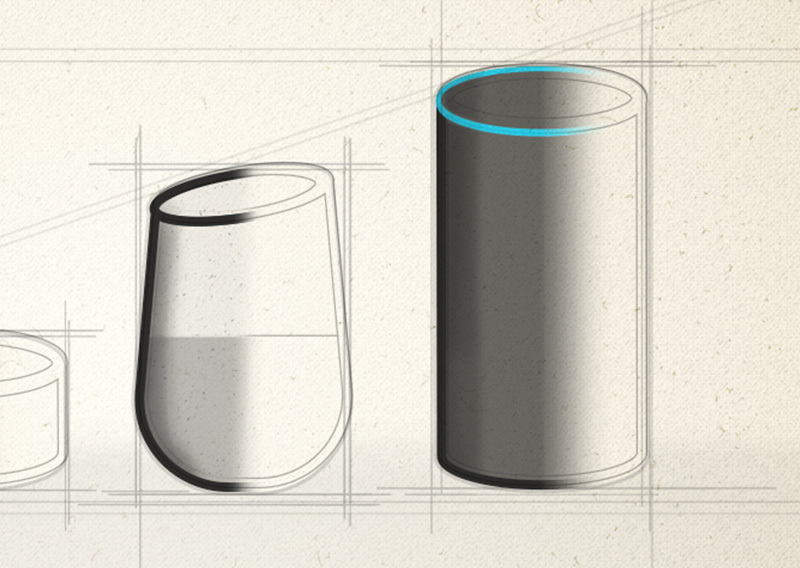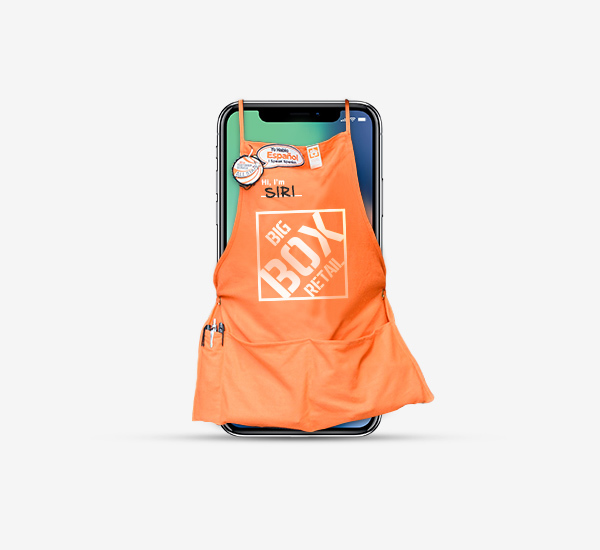Industry Trends
Marketing Insights
How consumers shop online is changing. So are the products they buy.
Ten years ago, the idea of buying prescription eyeglasses online was unthinkable. Get groceries online? No one would do that. Purchase a mattress without first trying it in the store? We wouldn’t dare. Yet, here we are, daring it all — and then some. We’re not just ordering glasses, groceries and mattresses. We’re ordering stylish eyewear, same-day-delivery fresh produce and best-sleep-of-our-lives mattresses. This is a real success story, but why is e-commerce succeeding in categories previously thought taboo for online shopping?
This topic surfaces a lot among our clients in the home category. Everyone thought home design was Amazon-proof. After all, who would buy home furnishings without seeing, feeling and touching them?
The answer is: more people than you’d think. In fact, growth for the home category sits at 18.5 percent, making it the fastest growing of any e-commerce category (eMarketer). Home furnishings rank even with food and beverage and a tad higher than health care. It turns out that the same person who would buy a bed without having lain on it would also buy a sofa without sitting on it.
The reason? It all goes back to the customer journey.
What these disruptive companies have done is identify and eliminate pain points in the customer journey — and sometimes, that’s as simple as promising your customer the privacy, confidence and simplicity they can’t get in the brick-and-mortar environment. Does the idea of lying on a bed in a public place give you the willies? Not to worry: Casper lets you try its mattresses at home for 100 days with no restocking fee.
Speaking of easy returns, you can try five pairs of picked-for-you glasses and return the ones you don’t want by sending them back to Warby Parker in a pre-labeled, prepaid box. As for easy buys, if you like the Crate and Barrel sofa in your favorite designer’s latest Pinterest post, simply click the Shop the Look pin to make the purchase.
For the modern consumer, the distance between researching online and clicking the Buy button is more of a hop than a leap. So, if you’re selling in a place where people are already accustomed to making purchases, you have the potential to move your customers more quickly on their journey to purchase. In fact, 46.7 percent of U.S. internet users start their product searches on Amazon, so we know they’re already in the mindset to buy.
What can you be doing to help them make that click?
Identify the pain points in the consumer journey. How can e-commerce help remove a road bump in the path to purchase, making what was previously painful and/or confusing more pleasurable? Consider that 60 percent of shoppers ranked a “stress-free shopping experience” as one of their four most important factors in shopping — just four percentage points below the timeless “feeling like I got a ‘good deal’” (Kantar Retail ShopperScape® April 2016–March 2017). It may be as simple as offering your customer the privacy and comfort of shopping in their yoga pants, though you should count on the need for some informed and objective reflection (and perhaps an investment in primary research).
Overcome barriers to trial or adoption. As Casper has shown with its success in the mattress market, lowering the risk of trial can be a driving force for business. Give your would-be customers a risk-free way to test-drive a mattress via a real night’s sleep, and suddenly clicking the Buy button feels far less scary. Close the loop by providing excellent customer support for requested returns.
Build brand ambassadors. Manufacturers and retailers focus on garnering positive reviews, and with good reason, but personal recommendations may have an even greater impact on consumers’ purchase decisions. In many cases, consumers, especially younger consumers, value the authentic feedback of their personal social network even more than unbiased product reviews. In fact, 81 percent of Gen Zers surveyed said advice from family and friends is more important than a review from a professional company. How are you cultivating those brand ambassadors who can transform your prospects into customers? Does your CRM process close the loop after a purchase, capturing that buyer’s information and positive feedback? And, when you earn positive reviews, do you shout the news from the rooftops? Casper lists 15,545 reviews — with an average rating of more than 4.5 stars — directly beneath the product name (compare that to Ashley Furniture’s 12" Foam Mattress In A Box, with just 125 reviews).
Leverage influencers and publisher partnerships. Successful e-commerce companies understand how to leverage influencers and nontraditional media. Many of these companies, for example, advertise on podcasts, which takes a chapter from influencer marketing. Yes, it’s paid advertising, but like radio ads in the old days, these people you trust and follow — the podcast hosts — are telling you they personally use these products and love them. Brooklinen, Casper, Havenly, Simple Contacts and Warby Parker are just a few of the brands that invest in podcast advertising.
Bring your product to life. Video content, augmented reality, virtual reality, 3D animated videos, design apps — the list of tools available to help marketers bring a product to life in the home of the consumer presents opportunities that fit any product, budget and customer experience goal. The rapid innovation of AR and VR will certainly help grow this category, and today’s e-commerce disruptors, many of whom were born in the era of the smartphone, understand the potential of these high-value digital capabilities. Consider Home Depot, which, with the help of VR headsets, launched a trial that lets customers preview how their custom kitchen installations might look (Furniture Today). While Home Depot is rapidly adopting some of the principles driving advanced digital tools, many other brick-and-mortar companies face a longer runway.
E-commerce is gaining traction everywhere. And objections to buying something online, sight unseen and sight unfelt, are fading. What was once seemingly taboo is now to do. And it’s up to manufacturers and marketers to make sure they’re providing customers with the confidence and compulsion to click buy.

